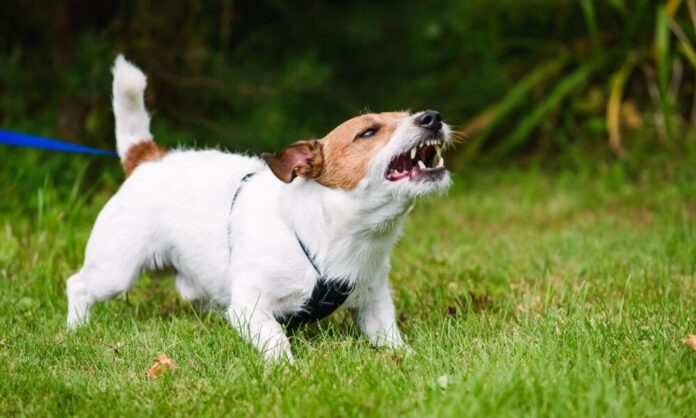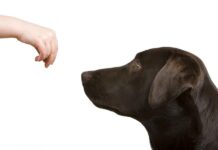Understanding Aggressive Puppy Behavior: Causes and Solutions
Identifying aggressive behavior in puppies, such as biting, snapping, and growling, can be challenging for pet owners. Aggression can occur even in seemingly safe situations, like regular petting. This article aims to clarify the concept of puppy aggression, outline its causes, and provide effective management strategies.
Defining Aggressive Behavior in Puppies
Puppy aggression refers to behaviors that indicate a threat or discomfort, rather than playful antics. It is crucial to distinguish between normal play and true aggression to address behavioral issues effectively.
- All puppies may bite and growl during play, but they typically do not intend to inflict harm.
- Context matters significantly; for example, an enthusiastic Golden Retriever puppy should exhibit friendly behaviors when approached by strangers.
Identifying Signs of Fear Aggression
When facing fear aggression, puppies may display the following behaviors:
- Attempting to hide behind their owner
- Tucking their tail between their legs
- Plastering their ears against their head
- Exhibiting dilated eyes and a stiff mouth
- Adopting a slinking body posture
- Freezing or snapping when cornered
These responses indicate problematic behavior that requires attention.
What Causes Aggression in Puppies?
Puppy aggression can stem from two primary factors: physical ailments or insufficient socialization.
- **Physical Problems**: Conditions causing pain, such as malformations or neurological issues, can lead to aggressive behaviors.
- **Lack of Socialization**: Puppies not exposed to various stimuli—people, places, sounds—may become fearful and resort to aggression. Early socialization from breeders and continued exposure at home are critical.
The early developmental window (weeks 8-16) is especially significant. Puppies that do not acclimate well during this time are more likely to exhibit aggressive behaviors later.
Strategies for Managing an Aggressive Puppy
To address aggression stemming from physical issues, a veterinarian should be consulted. Active intervention, including medication or surgery, can alleviate pain. In cases of neurological conditions, understanding the severity and the necessary precautions is vital.
If aggression arises from a lack of socialization or traumatic experiences, engaging a professional behaviorist is vital. This expert—usually a veterinarian with specialized training or a PhD in animal behavior—can assist in formulating a desensitization and counterconditioning plan to redesign the puppy’s behavioral response to new experiences.
Starting training early can significantly improve outcomes, as puppies can rapidly learn and adapt.
Distinguishing Normal Play Behavior from Aggression
Mouthing and Biting
Puppies explore their environment through mouthing, which is often misinterpreted as aggression. Teaching them bite inhibition—how hard is safe to bite—can prevent future issues. Establishing proper boundaries is crucial for a well-adjusted adult dog.
Growling
Growling is another behavior frequently misconstrued as aggression. While it can indicate a threat, dogs often growl during play. Observing their body language (e.g., a wagging tail and playful posture) can help clarify their intent.
Addressing Play-Biting
To curb rough mouthing, provide consistent feedback through bite inhibition or prohibition strategies:
1. Bite Inhibition
Teaching your puppy how hard is safe to mouth human skin is crucial. Puppies learn to moderate their biting force through play interactions.
2. Bite Prohibition
Prohibition entails teaching your puppy never to mouth human skin. A high-pitched yelp when biting begins can communicate discomfort, followed by praise for gentle play.
Understanding Puppy Teething
It is essential to remember that puppies go through a teething phase. Providing safe chew toys, especially those that can be frozen, can soothe their gums. Early intervention and consistency will ensure that your puppy outgrows this phase without developing negative biting habits.
Conclusion
Recognizing the difference between aggressive behavior and normal puppy antics is key for pet owners. Aggression should be addressed promptly with the assistance of professionals. Understanding typical puppy behaviors and fostering positive training experiences can cultivate a well-behaved canine companion.












